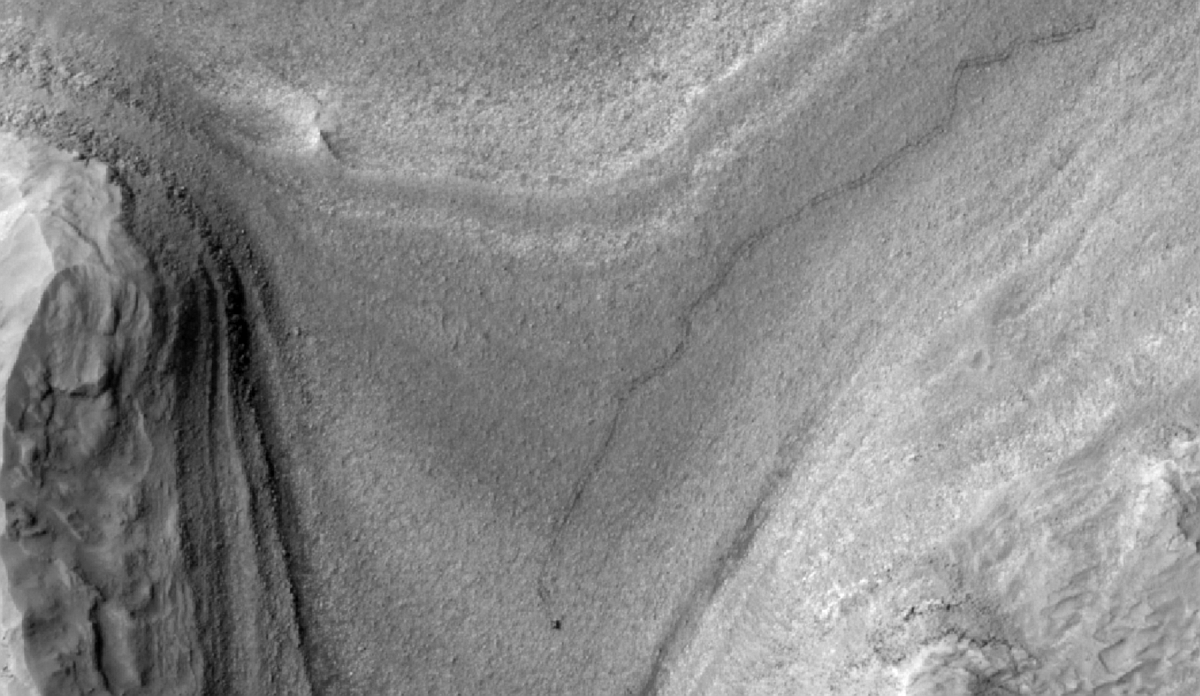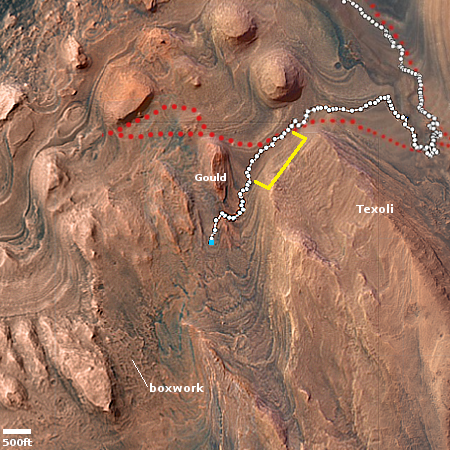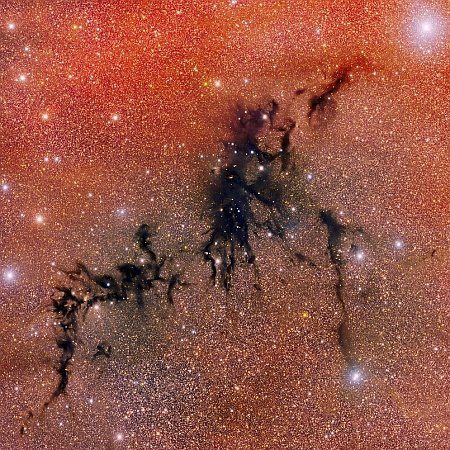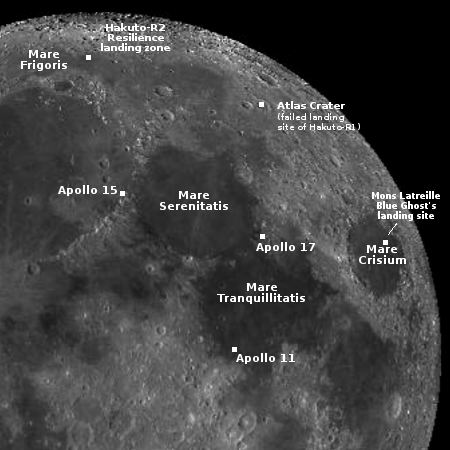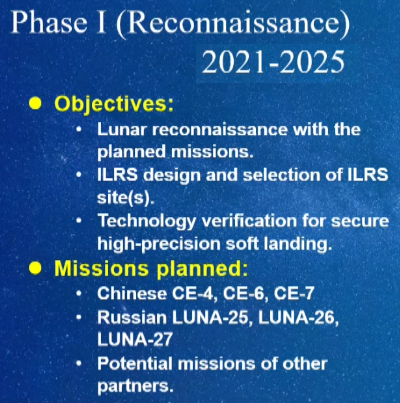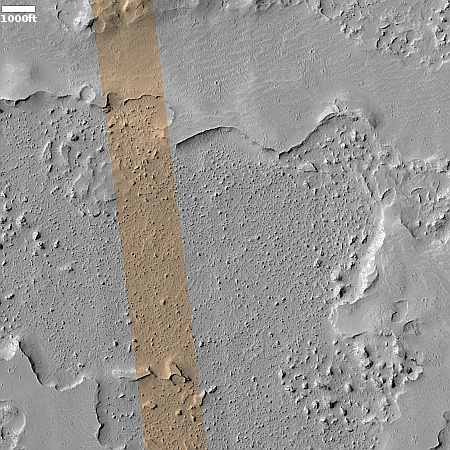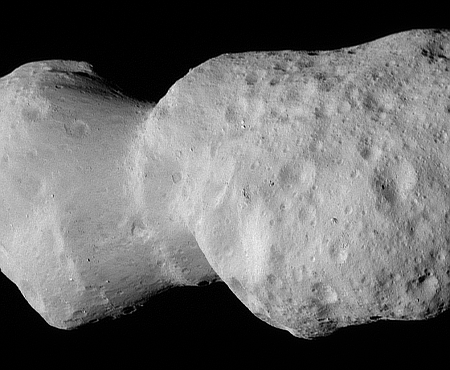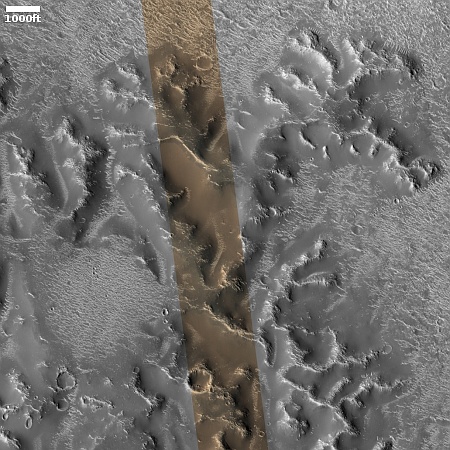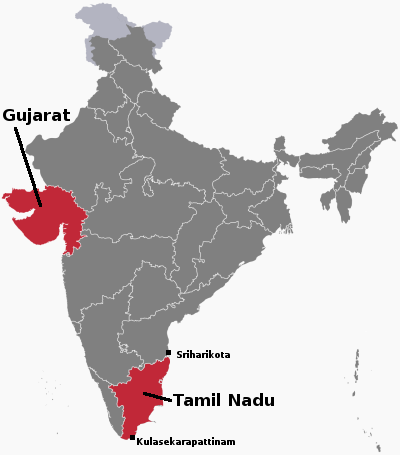Hubble snaps picture of barred spiral galaxy
Cool image time! While NASA celebrates the 35th anniversary of the Hubble Space Telescope with photos from its past, astronomers continue to use it to produce new wonders. The picture to the right, cropped, reduced, and sharpened to post here, was taken by Hubble recently and released today.
NGC 5335 is categorized as a flocculent spiral galaxy with patchy streamers of star formation across its disk. There is a striking lack of well-defined spiral arms that are commonly found among galaxies, including our Milky Way. A notable bar structure slices across the center of the galaxy. The bar channels gas inwards toward the galactic center, fueling star formation. Such bars are dynamic in galaxies and may come and go over two-billion-year intervals. They appear in about 30 percent of observed galaxies, including our Milky Way.
The theorized formation process of that bar is based on computer modeling using the limited data we presently have, and thus carries a great deal of uncertainty.
Cool image time! While NASA celebrates the 35th anniversary of the Hubble Space Telescope with photos from its past, astronomers continue to use it to produce new wonders. The picture to the right, cropped, reduced, and sharpened to post here, was taken by Hubble recently and released today.
NGC 5335 is categorized as a flocculent spiral galaxy with patchy streamers of star formation across its disk. There is a striking lack of well-defined spiral arms that are commonly found among galaxies, including our Milky Way. A notable bar structure slices across the center of the galaxy. The bar channels gas inwards toward the galactic center, fueling star formation. Such bars are dynamic in galaxies and may come and go over two-billion-year intervals. They appear in about 30 percent of observed galaxies, including our Milky Way.
The theorized formation process of that bar is based on computer modeling using the limited data we presently have, and thus carries a great deal of uncertainty.



